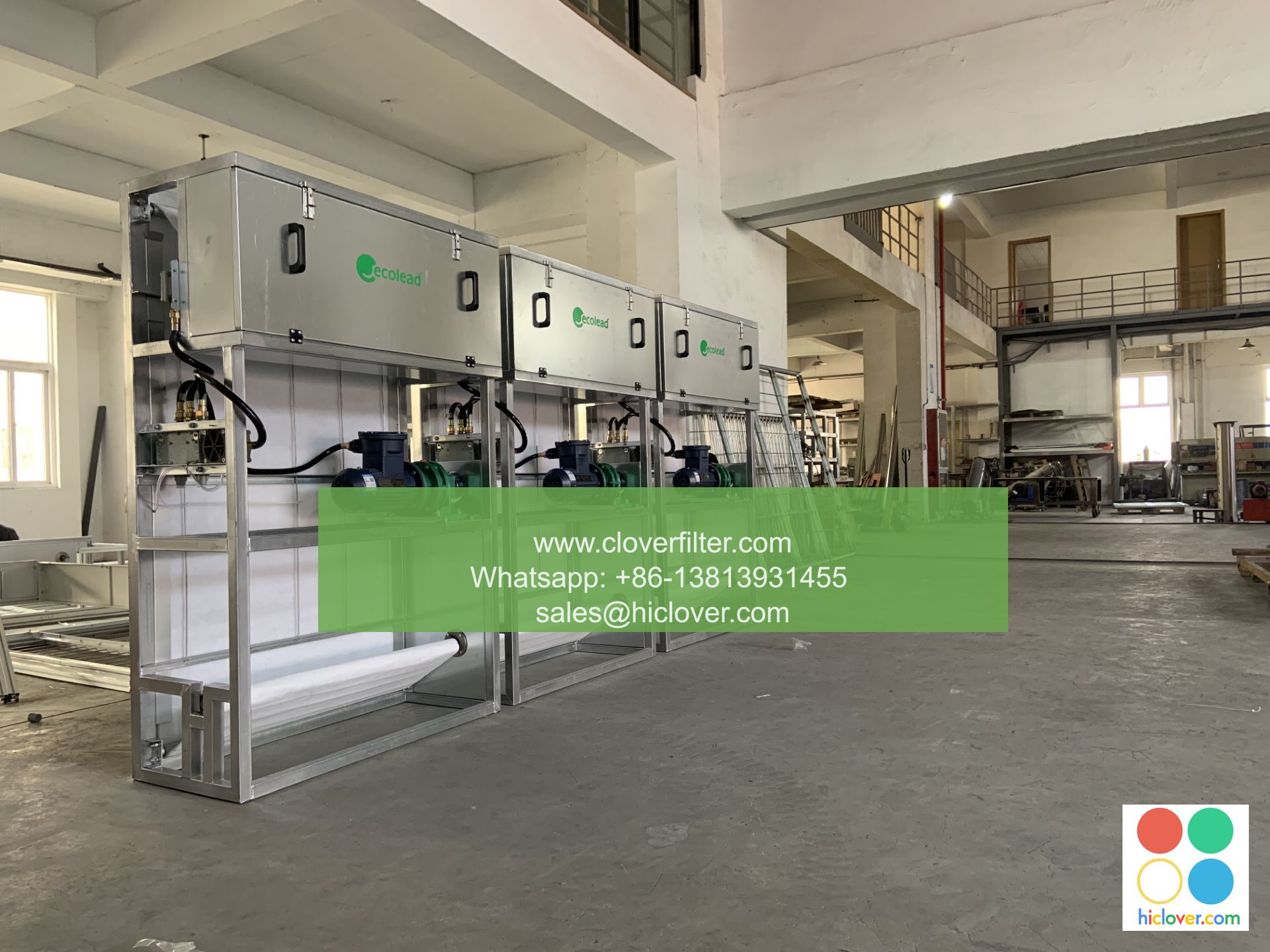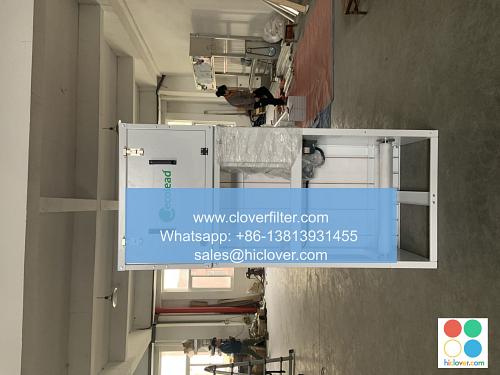Air Filter Production: An Insider’s Perspective

Air filter production is a complex and multifaceted industry that involves the design, development, and manufacturing of air filtration systems for various applications, including HVAC (heating, ventilation, and air conditioning) systems, industrial processes, and automotive systems. As an insider in the industry, I will provide an overview of the air filter production process, highlighting various application areas and key considerations.
Introduction to Air Filter Production
Air filter production involves the creation of filters that can capture and remove airborne contaminants, such as dust, pollen, and other particles, from the air. The process typically begins with the selection of filter media, which can include materials such as fiberglass, cotton, or synthetic fibers. The filter media is then cut to size and assembled into a filter frame, which can be made of materials such as plastic, metal, or wood.
Applications of Air Filters
Air filters have a wide range of applications, including:
* Residential and Commercial HVAC Systems: Air filters are used to improve indoor air quality and reduce the risk of airborne illnesses.
* Industrial Processes: Air filters are used to remove contaminants and particles from the air in industrial settings, such as manufacturing facilities and laboratories.
* Automotive Systems: Air filters are used to improve engine performance and reduce emissions in vehicles.
* Medical and Healthcare Applications: Air filters are used to remove airborne contaminants and particles in medical settings, such as hospitals and clinics.
* Cleanroom and Laboratory Applications: Air filters are used to maintain a clean and controlled environment in cleanrooms and laboratories.
Types of Air Filters
There are several types of air filters, including:
* MEV (Minimum Efficiency Reporting Value) Filters: These filters are designed to capture particles as small as 0.3 microns and are typically used in residential and commercial HVAC systems.
* HEPA (High Efficiency Particulate Air) Filters: These filters are designed to capture particles as small as 0.3 microns and are typically used in medical and healthcare applications.
* Activated Carbon Filters: These filters are designed to capture gases and odors and are typically used in industrial and commercial applications.
* ULPA (Ultra Low Penetration Air) Filters: These filters are designed to capture particles as small as 0.12 microns and are typically used in cleanroom and laboratory applications.
Key Considerations in Air Filter Production
There are several key considerations in air filter production, including:
* Filter Efficiency: The ability of the filter to capture airborne contaminants and particles.
* Filter Lifetime: The length of time the filter can be used before it needs to be replaced.
* Pressure Drop: The amount of pressure required to push air through the filter.
* Cost and Availability: The cost and availability of filter media and other materials.
Conclusion
Air filter production is a complex and multifaceted industry that involves the design, development, and manufacturing of air filtration systems for various applications. By understanding the different types of air filters, their applications, and key considerations, manufacturers can produce high-quality air filters that meet the needs of their customers. Whether it’s for residential and commercial HVAC systems, industrial processes, or automotive systems, air filters play a critical role in improving indoor air quality and reducing the risk of airborne illnesses. It looks like you forgot to include a prompt! Please go ahead and provide one, and I’ll do my best to assist you. What’s on your mind?

